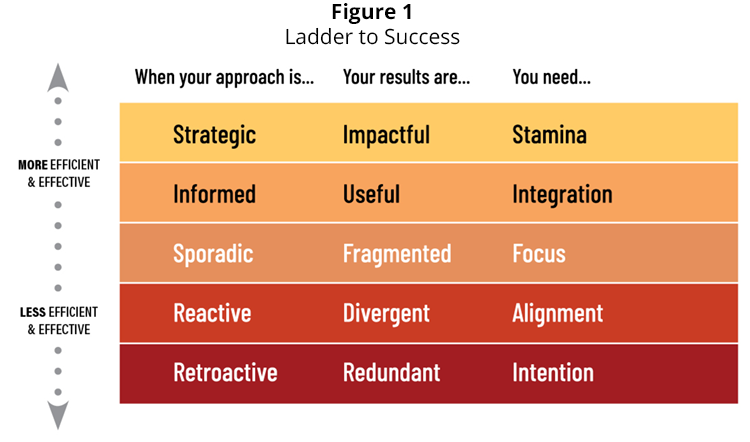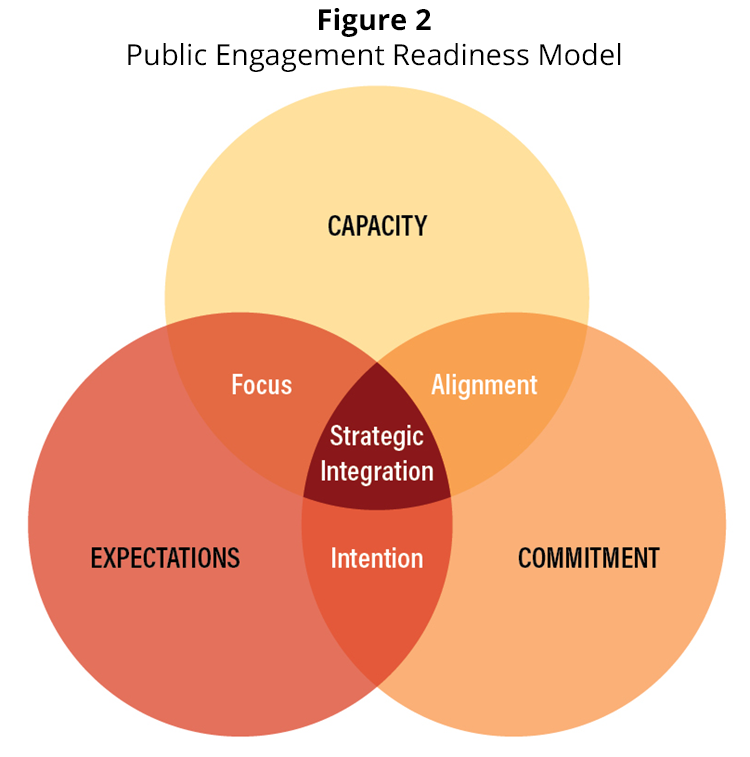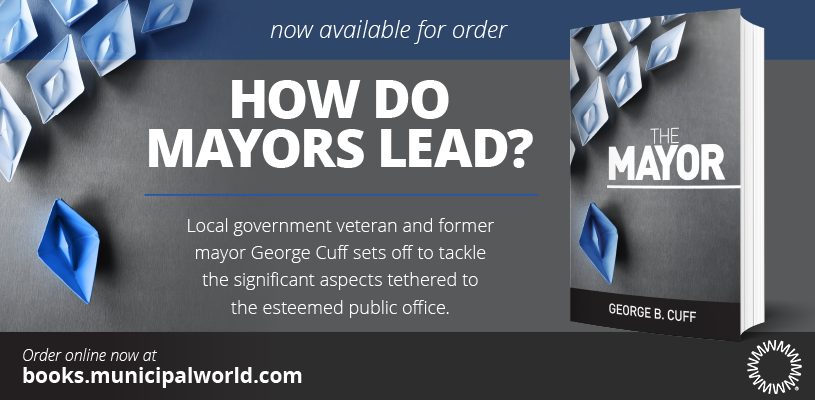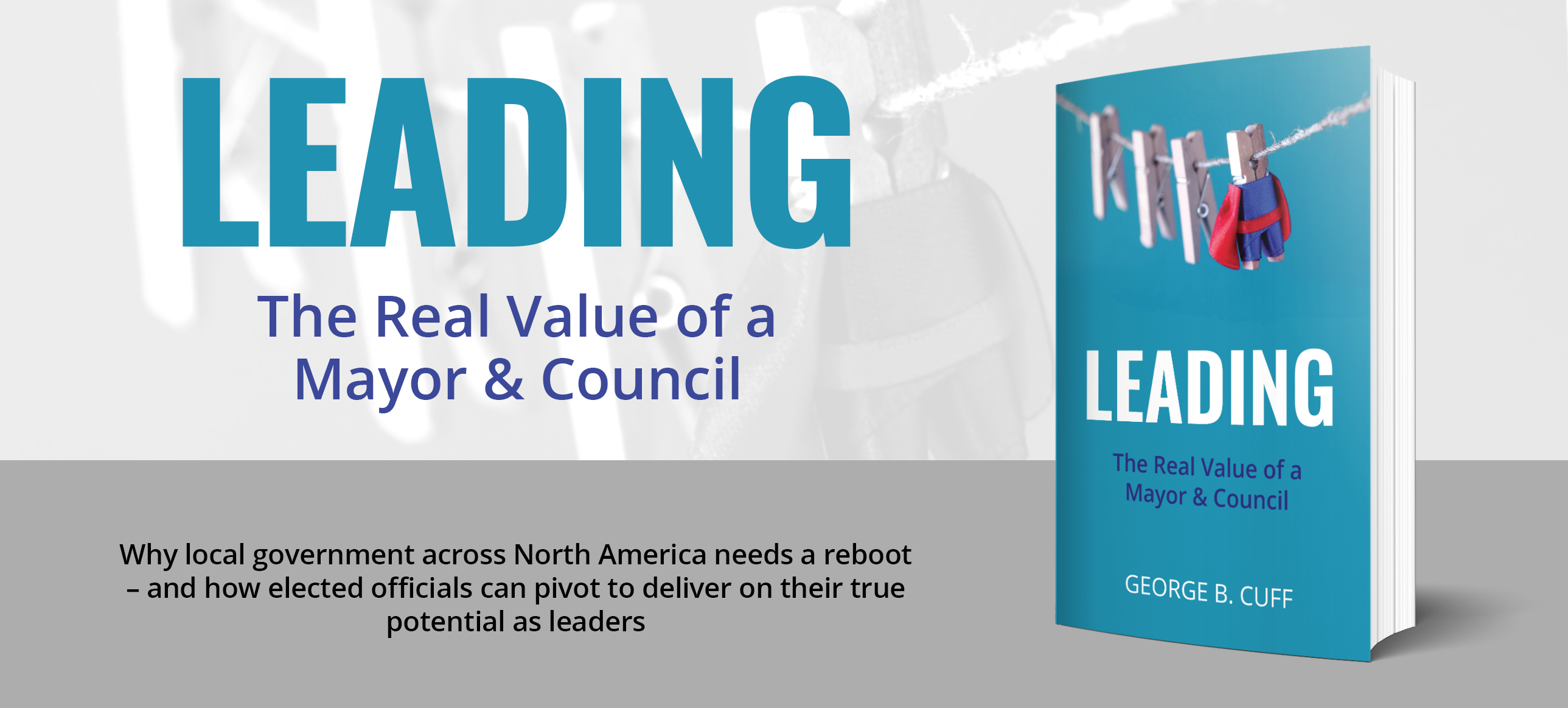Readiness gets results in public engagement

How a readiness practice can help municipalities make the most of their time and resources
While most municipalities understand that people want to be involved in decisions that impact them,1 many still struggle with when and how to do it meaningfully. This isn’t a lack of willingness; municipalities want to do a good job of engagement. They know that poor engagement can create more work and, in some cases, have disastrous effects on community relationships and public trust.
To help guide engagement work, municipal policies communicate public engagement principles and identify, at a high level, the conditions when engagement should be considered. This clarifies the purpose of the municipality’s engagement work and their beliefs about how it should be done. Policies provide guidance, but they don’t have the detail needed to address specific situations. They don’t account for context. And in engagement, context is everything.
Policy and Practice
Here’s an example of how context impacts understanding: if you hear the word “red,” your brain will automatically associate that colour with something relevant to you and your experience – stop signs, roses, or shoes. If you hear “red fruit,” it creates different, more contextual associations – like strawberries, apples, or cherries.
The human brain is great at creating relationships between concepts, but it needs context2 to guide interpretations and resulting actions. As neuroscientist Dr. Beau Lotto says, “Your brain does not do absolutes. Your brain only does relationships. That’s all it ever does and that’s all it can ever do.”3
Municipal public engagement policies are like the words “red fruit.” They are great for communicating the organization’s ideas about why they engage with the public, but when and how it’s done is driven by context – figuring out which red fruit you are working with and what you should do with it. Assessing context without some sort of process can be challenging, so it often just doesn’t happen.
When context isn’t considered, engagement can show up in projects retroactively as a reaction to political or external expectations, or in a fragmented way throughout the lifecycle of a project. These reactive approaches can drain resources, reduce confidence, and waste valuable opportunities to gather input and move forward.
Municipal governments must effectively navigate the interdependent relationship between the municipality and the people it serves. Public engagement is an important part of strengthening that relationship and supporting public trust. It helps increase understanding between the public, administrative staff, and elected officials to achieve better decision making.4
Understanding the Ladder to Success
Conducting efficient and effective public engagement doesn’t necessarily require years of practice. It requires effort at the beginning of a project to assess whether engagement is necessary and, if so, how to do it in a focused and intentional way that aligns with the organization’s policy and project objectives.

Tool for diagnosing approaches to public engagement: Building on the experiences with retroactive, reactive, and sporadic approaches to engagement, municipalities can use their time and resources in a better way – to work on the right things.
This more informed and strategic approach can produce more efficiency for staff, decreased consulting and implementation costs, and public engagement activities that yield meaningful input.
To achieve these goals, it helps to understand the ways in which public engagement can happen in municipalities. The table below is a tool for diagnosing approaches to public engagement and illustrating the path to improvement. Think of it as a ladder: as an organization climbs, they get closer to realizing their engagement goals.
Three less efficient approaches to engagement
The three bottom levels of the ladder are less efficient and effective approaches to engagement. Each of the following approaches have municipalities working harder, repeating efforts, spending more money, occupying more resources, and still not getting the results they need. That’s usually where the tipping point happens.
1. Retroactive – At this level, the public is invited to provide input after the project team has worked through various ideas, created options, and selected the optimal solution. The result is staff trying to align an engagement activity with work that’s already been done. The resulting engagement is redundant: it doesn’t actually impact the process or outcomes. It can, however, impact the organization’s capacity by requiring additional resources to do the engagement. Backtracking can also create tension on project teams, frustrate staff, and cause the public to rightly question whether their input will actually be considered.
2. Reactive – This next level usually happens when a project team is working on solutions and someone realizes that they need to involve the public. There’s a scramble to create and implement engagement plans, so project teams don’t have time to collaborate or apply previous experience and knowledge. This can cause inconsistencies in how the public is engaged and how resources are allocated to different departments and teams. The scramble can also push teams to stray from policy as they try to fulfill unanticipated expectations, creating tension between staff and elected officials. The public may wonder why similar initiatives have completely different engagement opportunities.
3. Sporadic – Sporadic engagement is planned and implemented in an ad hoc way throughout the life of a project. With this approach, engagement is piecemealed together while the project is underway. The opportunity to look holistically at the project and determine where engagement would fit best is missed. Needs assessment, planning, and implementation efforts are replicated at several project intervals, causing delays in the project and limiting the team’s ability to manage their time and budget. A fragmented approach makes it difficult to connect engagement activities to project goals and objectives, so the input received can’t help inform project decisions or next steps. It also creates confusion and raises suspicion among the public about its authenticity. They wonder when they will have the opportunity to contribute and question why they get a say about some parts of the project and not others.
Two more efficient approaches to engagement
Acknowledging the drawbacks to retroactive, reactive, and sporadic approaches to engagement, there are other ways municipalities can use their time and resources in a better way – to work on the right things. As Peter Drucker said, “Efficiency, which is doing things right, is irrelevant until you work on the right things.”
1. Informed
An informed approach is nearing the top of the ladder. Municipalities start by considering the context of a project and determining whether there is a role for public engagement. They assess the relationship between their public engagement activities and their project objectives so that their efforts are purposeful and produce results that they can use. In this approach, it’s important to reflect on the municipality’s capacity as well as its commitments and expectations, both internal and external, in the project’s context. Without this understanding, eager municipalities might overextend and/or over engage, resulting in unnecessary costs and more information than they can reasonably use.
That one caution aside, this approach contains the elements needed to progress to a sustainable, integrated, strategic approach to engagement. To get there, municipalities need to identify key information and where to get it at a project’s outset so their engagement can be focused and integrated with this knowledge.
2. Strategic
The most effective approach, municipalities applying a strategic approach to engagement know why, when, and how they will engage the public. They use shared intention, focus, and consistent alignment to leverage their public engagement policy and integrate engagement into their operations. Their ability to assess context supports more efficient and effective engagement: engagement that makes a difference.
What they need at this point is the stamina to keep it up. And just like being physically active in a multitude of ways helps prevent muscle exhaustion, learning new ways to navigate the many competing expectations that arise in municipal public engagement will help avoid staff burnout. Ongoing learning and development also strengthen the municipality’s capacity to build stronger, more trusting relationships between staff, elected officials, and the public.
Public Engagement Readiness Model
Regardless of where your municipality currently sits, studies5,6 indicate that adopting a readiness practice helps organizations become better at implementation. For public engagement, a readiness practice helps to assess the context of a project. There are three components that work interdependently to support public engagement readiness.
- Capacity – Municipalities must understand their available human and financial resources and assess what they can produce and deliver.
- Commitment – Municipalities must be clear about how best to foster the commitments made in their public engagement policy within the context of the project.
- Expectations – Municipalities must establish the value, need, and usefulness of public engagement internally as well as understand the public’s expectations for involvement.

System to support top-rung engagement: Understanding each component (Capacity, Commitment, Expectations) and their relational elements (Alignment, Intention, Focus) will help municipalities climb toward more informed, strategic approaches to public engagement.
This public engagement readiness model combines these three critical elements into one system to support top-rung engagement: aligned, intentional, and focused.
- Alignment – Alignment is about identifying what you are trying to achieve, contextualizing it within your public engagement policy, and ensuring you have the necessary resources and commitment. Consider the following: What do we need to get out of this? Who do we have on board? Who needs to be involved?
- Intention – Intention is about getting on the same page so that the project team has a shared purpose they can work toward in a cohesive way. Consider the following: Why are we doing this? How does it fit with our goals and priorities? How will we do this?
- Focus – Focus is about getting clarity on internal and external expectations, how they fit with your policy, and how best to meet them with the available resources. Consider the following: What do we need to know? Who do we need to talk to? What are they expecting?
Public Engagement – A Readiness Practice
Understanding each of these three components and their relational elements will help municipalities climb toward more informed and strategic approaches to their public engagement. They will be able to identify whether engagement is necessary and, if so, how to do it in a way that aligns with their policy, goals, and objectives.
By applying a readiness practice, municipalities can make the most of their time and resources and fulfill the principles endorsed in their public engagement policy. MW
1 Ekos Politics, “Rethinking Citizen Engagement 2017,” https://www.ekospolitics.com/index.php/2017/03/rethinking-citizen-engagement-2017/.
2 Matt Church, Amplifiers, Thought Leaders Publishing.
3 Katie McQuater, “‘We’re all delusional’ – Neuroscientist and TED speaker Beau Lotto on why context is everything and why brands need to take notice,” The Drum, https://www.thedrum.com/news/2014/07/24/were-all-delusional-neuroscientist-and-ted-speaker-beau-lotto-why-context-everything.
4 from IAP2 Foundations in Public Participation.
5 Bryan Weiner, “A theory of organizational readiness for change,” Implementation Science Vol. 4, Article Number: 67 (2009).
6 Keith Culver and Paul Howe, “Calling All Citizens: The Challenges of Public Consultation,” Canadian Public Administration, Vol 47, No 1 (Spring 2008) pp. 52-76.
Maria deBruijn, MA, is the founder of Emerge Solutions, Inc. For 20 years, she has created customized public engagement solutions, helping organizations get the right people involved in the right conversations at the right time.
Related resource materials:



